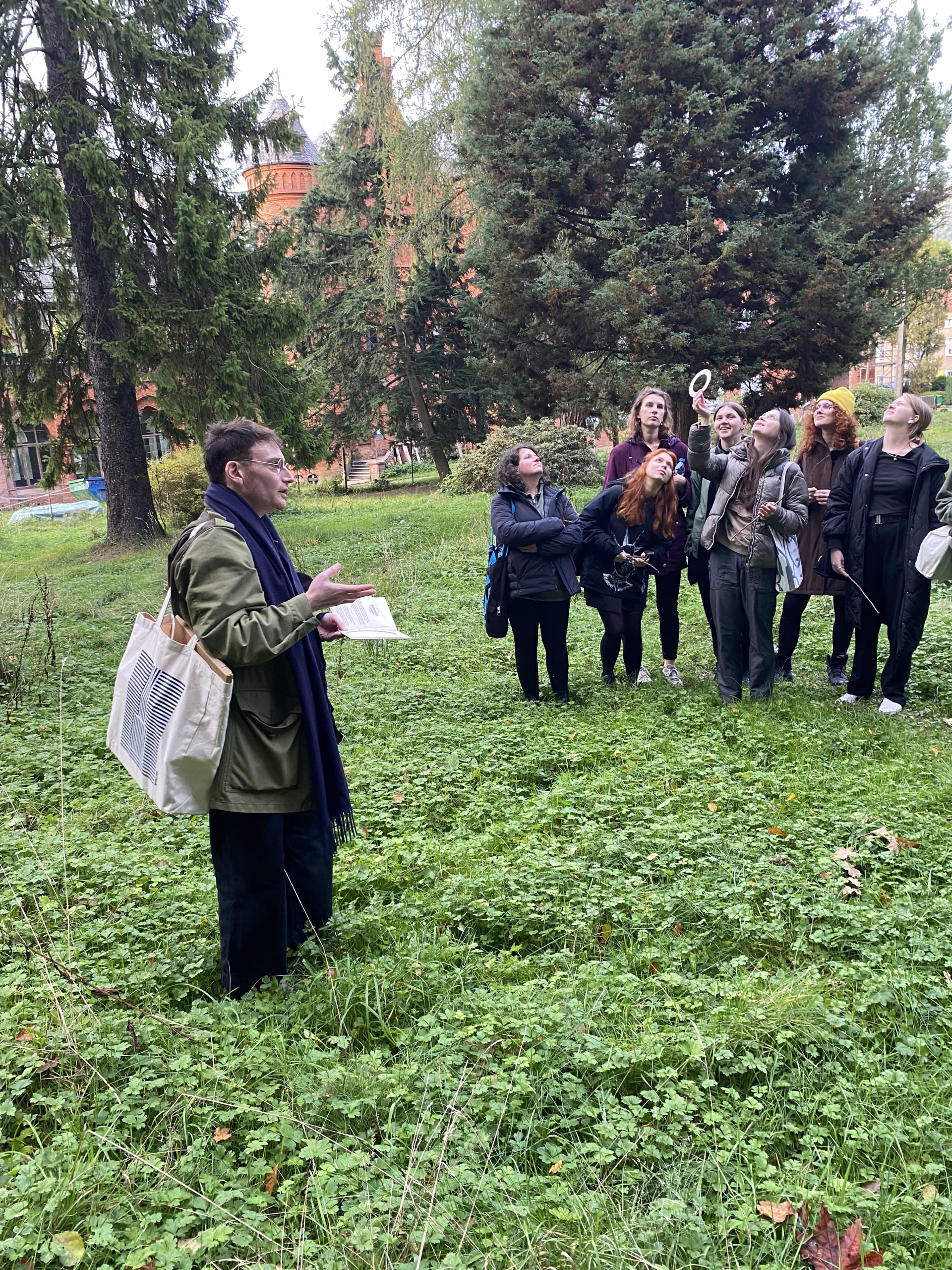So, what are the types of listening?
- Empathetic Listening: Listening to understand. Think about listening when someone shares a personal story. In this type of listening, you focus on the other person, not yourself.
- Versatile Listening: Listening to learn something new. This type of listening occurs when you listen to a podcast, news, or an educational lecture, for example, during a class.
- Critical Listening: Listening to form an opinion about what someone else said. This type of listening happens when you debate with someone or listen to a salesperson. It doesn’t mean the listener has to agree with everything said — just listen in a way to understand and, consequently, influence.
What is active listening?
Active listening is the practice of listening to understand what someone is saying. When you practice active listening, you focus solely on what the other person is saying, rather than planning what to say in response, as you might do in a debate or conversation. To confirm that you understand, paraphrase what you heard to the other person. Depending on the conversation, you can also ask specific open-ended questions to deepen the topic.
Quieting the voice in your head.
Active listening with the intent to change is different from listening to spoken words. How often, when someone else is speaking, do you try to formulate your own response or get distracted by other distracting factors? Active listening involves, as much as possible, “emptying” ourselves of our own thoughts to fully listen to the other person. It means “silencing the voice in our head.”
Practice!
- Ask open-ended questions to learn more.
- Paraphrase and summarize what the other person said to ensure you fully understand.
- Practice listening without judgment, setting aside your own biases and viewpoints. Every time your mind automatically comes up with a response to what your conversation partner is saying, take a deep breath and suspend judgment in your mind. To practice active listening, devote all your attention and energy to what the other person is saying. You’ll inevitably have some thoughts or comments about what they have to say, but try to set aside these thoughts while listening to understand.
Benefits of Active Listening Active listening is one of the best ways to build interpersonal relationships and form closer connections. This soft skill is a crucial part of conflict resolution, problem-solving, and constructive criticism. Active listening — listening to understand — belongs to the category of empathetic listening. This type of listening helps build strong relationships, gain deeper understanding of friends and colleagues, and even enhance your own sense of empathy. Active, or creative listening is the art of focusing attention on the speaker in a way and with a quality that makes them feel not only heard but also understood on a heartfelt level.
Author: Marta Jagoda-Błaszczak
